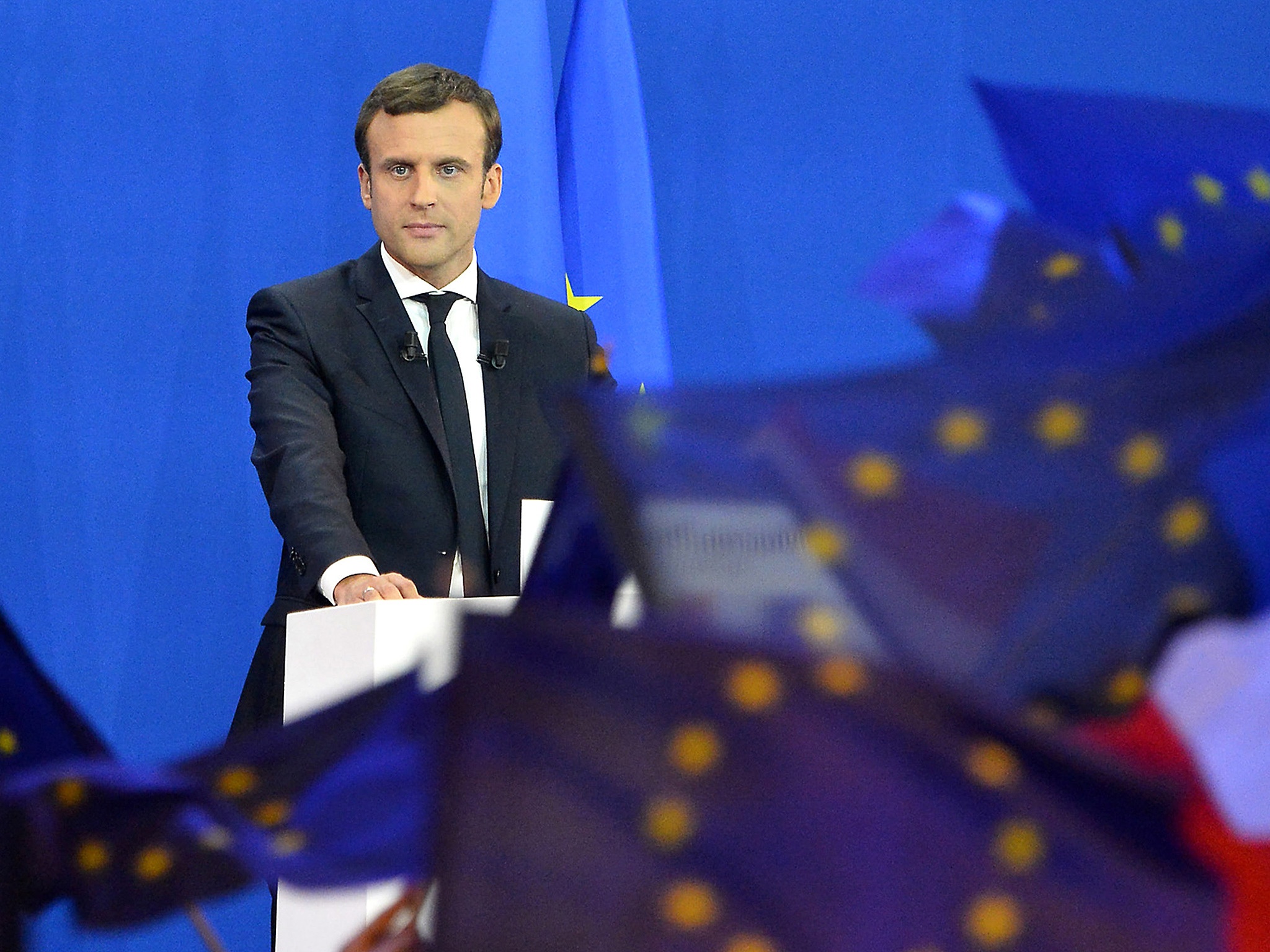
Contrary to the objective to quit nuclear energy, a recent paper of the European Commission’s DG Research maps out possible nuclear research priorities. An analysis to put the latest developments into perspective.
Almost a month after the 30th birthday of the Chernobyl catastrophe, an outcry of indignation went down the German press and politics. The German newspaper “Der Spiegel” was the first to report about a proposal of the European Commission to boost nuclear power and in particular to promote investment in small modular reactors (SMR). What happened?
The European Commission’s Research Directorate General had published a paper setting out their research priorities, which remained widely unnoticed in Europe. At first sight it is not unusual for the Commission to publish this kind of paper to as it is related to the implementation of the SET-plan(Strategic Energy Technology), embedded in the project of the EU’s Energy Union, which was launched last year with a great deal of attention. To recall, the EU’s Energy Union strategy encompasses five dimensions: energy security of supply, completion of the internal energy market, energy efficiency, climate action – emission reduction as well as climate-related research & innovation. This makes the EU (unfortunately) technology neutral, because the final decision about the national energy mix remains with each Member State. With this, the Energy Union framework does provide a solid basis for overarching climate targets as well as market integration and interconnectedness within the European Union. But a truly European energy policy still depends on the will of its Member States. And a number of them are still focussing on fossil fuels or risky technologies such as nuclear energy.
So in light of the above, it is not surprising that the plan for a new “Strategic Energy Technology” should also include EU research priorities in the domain of nuclear technology for the next years. As agreed in the EU’s commitments, the aim is to promote efficient low-carbon technologies in order to contribute to a more cost-efficient energy transition. Ten key actions have been mapped out, reaching from measures related to energy efficiency, to research on storage methods, efficient renewable energies or resilience and security of energy systems, but also greenhouse gas emission storage and use (CCS/U) and as key action no. 10 nuclear security. The main emphasis is put on safety and security of the current fleet and for the dismantling process as well as increased efficiency.
The paper that has been made public just now summarises the current state of debate on key action no. 10, a common approach for these kinds of consultation. However, the content is surprising. Because there is a clear mismatch between the Commission’s ambitious plans of making the EU the world’s no. 1 in the field of renewable energies and the fact that it now states its objective to retain technological leadership in the field of nuclear energy at the same time. To reach this goal, it is proposed to invest in international research cooperation and new technologies.
One should keep a critical eye on this kind of development; because the term “cooperation” is often used when in other parts of the world (real or supposed) technology pioneers become established. Unfortunately, the need of cooperation remains often neglected, especially if it concerns a crucial exchange of expertise for (attempting to) resolve a crisis like in Fukushima five years ago. If there is to be cooperation now, it should not focus on longer operating periods of nuclear power plants (hidden behind the term “efficiency”), but rather on the burning issues that remain unresolved until this day, such as the secure dismantling of nuclear power plants, the safe storage of nuclear waste and cross-border security. As (not only) the recent discussions about the moribund Belgium nuclear reactors Doel and Tihange close to the German and Dutch border show, a lot of them are in dire straits.
With this mind it is surprising that “newer technologies” like SMR or reactors of the 4th generation are still supported. Independently from the risk, which in itself is already a strong argument for an energy reorientation, these small modular reactors (SMR) are not making technological or economic sense – just like large nuclear power stations. This is even more true if the current technologies like the 3rd generation reactors turn out to be financial disasters. Neither in the French town of Flamanville nor in the Finnish town of Olkiluoto these plants are working and they have cost already more time and money than ever expected. The same is feared for the extension project in the English nuclear central Hinkley Point C, where the French company EDF (after the takeover of the ailing French nuclear concern AREVA) keeps postponing a final commitment for a suspiciously long period of time.
This makes it even more important to realise a European Union of Renewable Energies as it was already outlined several years ago by the Böll-Project ERENE. For this to happen, we need “first movers” like the German Energiewende as well as the remarkable progress in the domain of efficiency, renewable energies and greenhouse gas reduction made by other EU Member States – without coal and without nuclear. But with significantly more investment into sustainable renewables’ technologies. Only together and by putting national vanity aside, can a truly European renewable energy project succeed and the EU’s frontrunner role filled with life again.
- This article originally appeared on Heinrich Boell Stiftung



